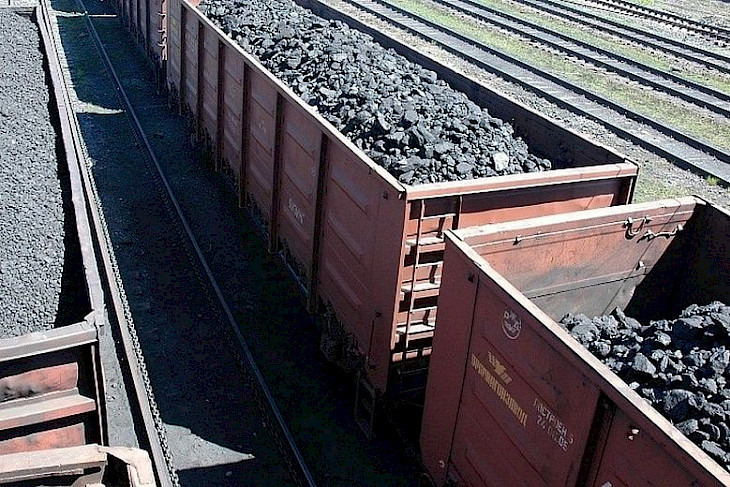The Asian Development Bank presented a program to reduce carbon emissions in the region. Among the measures proposed by the ADB is the introduction of "global carbon prices", which would make the use of coal uneconomical and stimulate investment in alternative energy sources. The bank says that to reduce carbon emissions, one ton of coal should cost $70 in 2030 and $153 in 2050, Ia-centr.ru reports.
Against this background, the countries of Central Asia are increasing coal production:
- in 2022, Kazakhstan brought coal production to 113.9 million tons. This is 1.9% more than in 2021. 32.5 million tons were exported;
- In Uzbekistan, over the past 5 years, coal production has increased from 4 million tons to 5 million 300 thousand tons per year. At the same time, mineral reserves amount to about 2 billion tons, which motivates Tashkent to increase production volumes;
- In Tajikistan, for more active development of subsoil, containing 14 billion tons of coal, the Ministry of Industry is ready to attract Kazakh companies.
ADB is trying to respond to a sharp increase in the cost of coal in 2022. In March 2022, a ton of coal cost $465. A year later, demand leveled off for natural market reasons: in February 2023, it cost $136 on the London Stock Exchange, now the price for a futures contract is around $180.
However, a sharp decline in demand and prices should not be expected:
— The International Energy Agency predicts that the current level of coal consumption in the world will continue until 2025.
- By 2025, 65% of Eurasia's energy balance will come from fossil fuels, ADB notes.
CentralasianLIGHT.org
May 4, 2023

